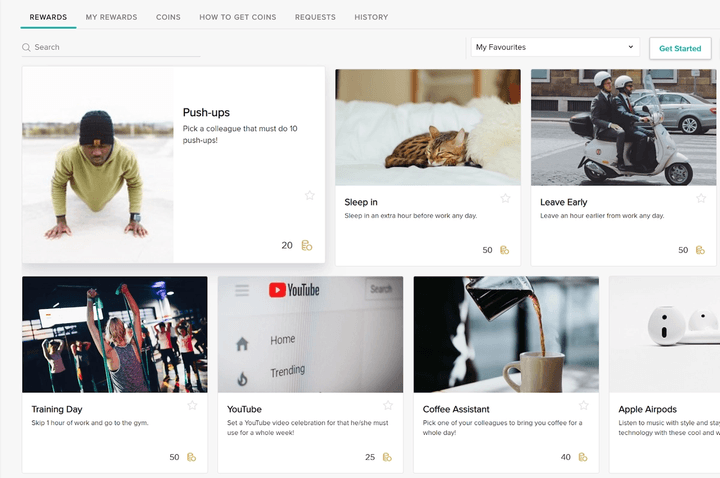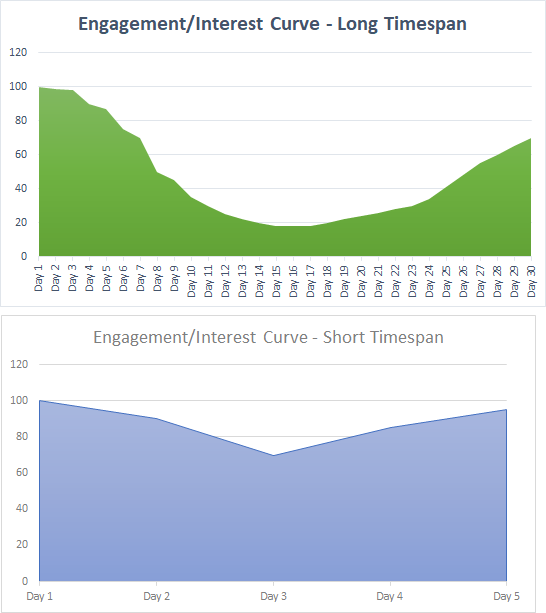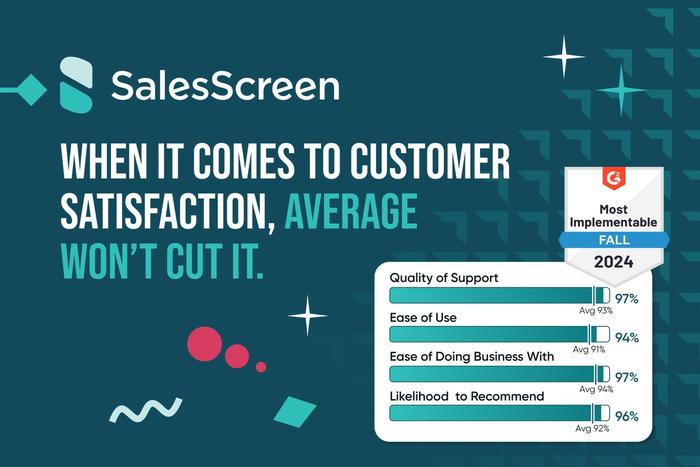One of the best things about being the CEO of SalesScreen is that I’ve had the pleasure to speak to thousands of sales leaders around the globe. One major challenge I hear from the sales managers and sales directors is that they struggle to find ways to motivate their middle performers.
This is especially true when it comes to spiffs and sales competitions. Everyone knows that, in reality, it’s the same 10-20 percent of top performers who actually stand a chance to win in any given competition, thus leaving the middle 60-80 percent disengaged.
The whole point behind these spiffs and competitions is to increase the overall performance of the business, so not getting them fired up is a real problem. As the founder and CEO of a sales productivity company, I've come across unique insights from the sales teams that we work with. I've shared these thoughts and feedback via a series of posts on LinkedIn and below is a recap of the key topics discussed.
Element of Chance

The Pareto Principle—or the 80/20 rule—suggests that 80 percent of your company sales come from 20 percent of your customers. This is also true for sales teams. It’s not fun or engaging seeing the same people win over and over again.
In order to engage the middle performers, we suggest that you spice things up by adding the element of chance, to give the middle performers a fighting chance—in a way where skills still have the biggest impact on the end result.
One example is to convert the results of your leaderboard into lottery tickets and draw the prizes at the end. Here's how it could play out:
1. Target Completion: 1 percent of target equals 1 ticket, 100 percent equals 100 tickets and 120 percent equals 120 tickets.
2. Sales: 1 ticket for every dollar in closed sales.
3. Meetings: 1 ticket for every meeting or discovery call booked.
4. Points: 1 ticket for every call done, 20 tickets for every meeting set and 100 tickets for every deal closed. In the end, your 10-20 percent top performers will still have the most tickets, and the highest probability to win the grand prize.
However, as long as a salesperson contributes something, they will get a ticket, and with enough good fortune, they just may find themselves winning the top prize.
Bonus Tip: Add more than one prize. When someone wins a prize, pull their lottery tickets out of the mix, to even the playing field for the remaining contenders.
Tier-Dropped Competition Prizes

If you enjoy a good old-fashioned sales competition on simply closing the most deals in dollar amount over a longer amount of time, you might end up in a situation where someone lands a couple of solid deals and leaves the rest of the performers in the dust.
Now everyone knows who’ll win the top prize, why should any of the middle performers care?
A great way of motivating more people is to tier-drop the prizes similar to the point system for races in Formula 1: Points are awarded to drivers and teams based on where they finish in a race. The winner receives 25 points, the second-place finisher 18 points, with 15, 12, 10, 8, 6, 4, 2 and 1 points for positions 3 through 10.
If you have an internal coin or point-based currency that can be saved up over time and exchanged for gifts, money or swag in an internal marketplace, you could simply hand out this currency scaled instead of only rewarding the top 1 or top 3 finishers. This way, it actually matters if you end up in the 5th or 7th place.
Couple this with real-time visualization of how people are doing on the leaderboard, and you’ve got yourself multiple internal races and a desire to climb as high up on the leaderboard as possible.
The higher up you go, the more coins/points you get, and the quicker you’ll be able to exchange them for a full day off, an Amazon gift card or whatever your company’s got in store.
Team Up!

By mixing the top performers in with the rest of your teams, you create an environment that fosters teamwork, sharing of knowledge and accountability amongst colleagues at the same level.
By appointing the typical top performers as team-leaders, you strengthen this even more. Nobody wants to disappoint their team, and a victory is much better when you have someone to share it with!
Remember to change up the team composition from time to time. Try to pair two-and-two, have larger groups of 10-20 in a team or even full-on territory battle (West Coast vs East Coast, NA vs EMEA, etc).
Shorter Time-Spans

The engagement of the reps and interest in a given competition is always highest when the competition is released, and towards the end. The engagement is not as high as when the competition started towards the end, as some see that they have no chance of winning.
However, interest in the competition will steadily drop in-between. What we’ve learned from evaluating tens of thousands of competitions in SalesScreen is that the performance increase of competitions is higher when running multiple competitions on shorter time frames, opposed to running just a few over a longer time frame.
It doesn’t matter that the prizes are 10x more attractive on the long timespan, you will see a bigger performance increase by instead giving out smaller prizes many times in shorter timespans.
Naturally, you will need to take into account the time it takes to produce certain KPI’s and activities(e.g. if average time to close is 45 days, you probably need to have a competition that spans 45-50 days when set to measure sales).
My recommendation is to run 3-4 competitions a year on a longer timespan for KPIs that take a long time to produce, and multiple competitions and blitzes on the activities leading up to these KPIs with as short timespan as possible (even down to just a“one-hour call blitz frenzy”).
Be Creative, Go Crazy

Sometimes it’s not about being the best, but contributing and having fun while participating. Ever played the party game White Elephant Gift Exchange with friends or family? Deploy the same concept in your next sales competition. Every time somebody books a meeting, they get to either pick a new gift or try to swap with someone else, until the time runs out.
The competition will still spark extra attention towards the activity you want but crucially, it will include everyone.










